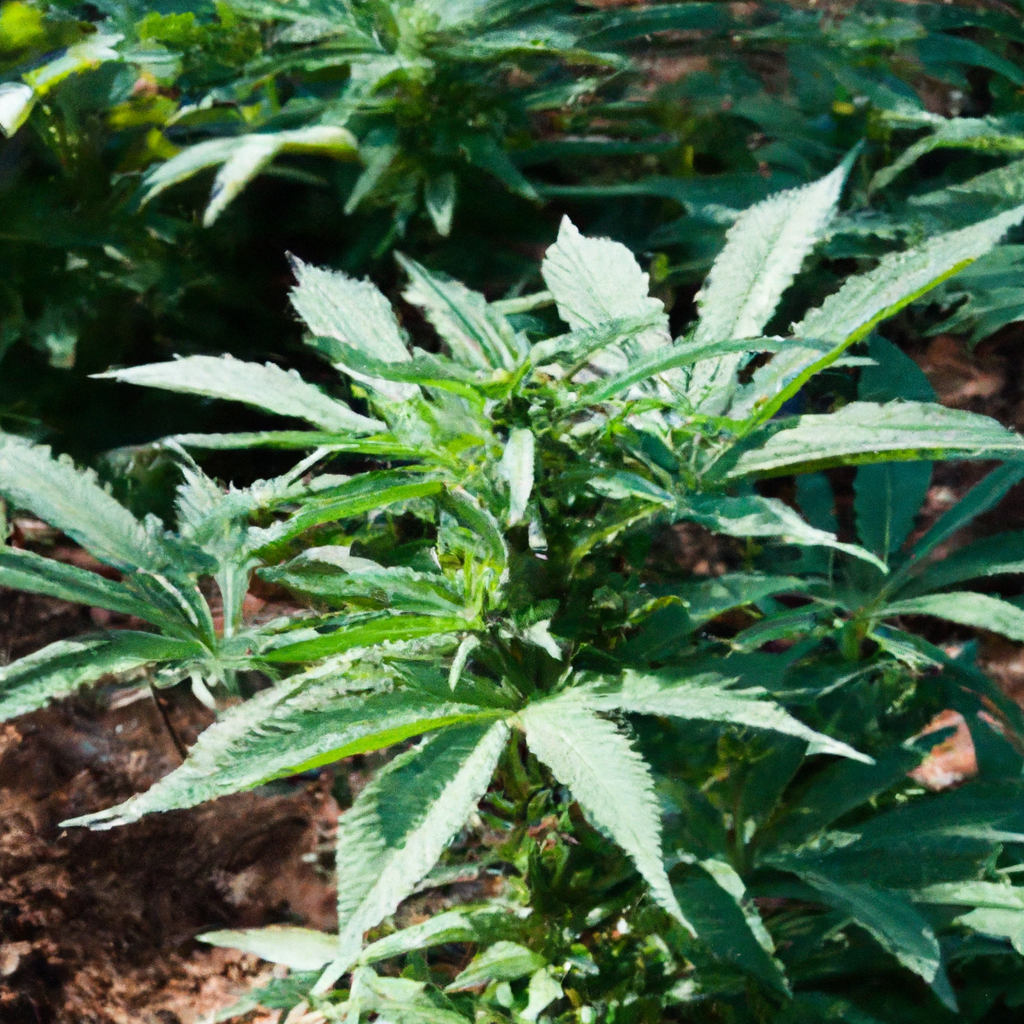Welcome, fellow cultivators, to another journey through the lush landscape of cannabis cultivation. Today, we delve into the often underestimated yet critically important world of soil health. As someone who has spent over 30 years growing in Colorado’s high-altitude environments, let me share how the soil beneath our feet can significantly impact the quality and yield of our cannabis crops. Let’s dig in!
The Foundation of Your Grow: Understanding Soil Health
Your cannabis plant’s journey to greatness begins with the soil. Think of it as the canvas where the masterpiece grows. Healthy soil isn’t just about nutrient content; it’s a living ecosystem teeming with microbes, organic matter, and minerals—all working harmoniously to support robust plant growth.
Key Components of Healthy Soil
- Organic Matter: This is the backbone of healthy soil, providing nutrients and improving water retention.
- Soil Structure: A well-structured soil has the right imbalance of clay, sand, and silt, promoting proper root development and drainage.
- Microbial Life: Beneficial bacteria and fungi break down organic matter, enhancing nutrient availability.
Steps to Improve Soil Health for Cannabis
1. Composting: Creating Your Nutrient-Rich Blend
Composting is a natural way to recycle organic waste into a rich soil amendment. By adding compost to your soil, you can improve its structure, increase nutrient content, and support microbial life.
2. Cover Cropping: Nature’s Protective Blanket
Planting cover crops like clover or alfalfa can protect your soil from erosion, enhance nutrient cycling, and suppress weeds. They also fix nitrogen in the soil, reducing the need for chemical fertilizers.
3. Soil Testing: Know What Your Plants Need
Regular soil testing helps you understand the specific needs of your cannabis crop. By knowing the pH level and nutrient profile, you can make informed decisions about fertilizers and amendments, ensuring optimal plant health.
Real-World Example: Magic Greenleaf’s Soil Success
In my own cultivation practice, enhancing soil health was a game-changer. I adopted a no-till approach on one of my outdoor plots in Colorado. By avoiding unnecessary disturbance of the soil’s natural structure, the microbial ecosystem flourished. The result? Greater yield and more vibrant terpene profiles in strains like “Mile High Mystique” and “Magic Kush,” consistently testing with 3-5% terpene content by weight.
Remember, as the altitude makes us tougher, so does our weed. And healthy roots grow happy harvests!
Conclusion: Investing in Soil Health for Cannabis Prosperity
Soil health is not merely a topic for conversation; it’s the secret ingredient to your cannabis cultivation success. From testing and amending soil to employing eco-friendly practices like cover cropping and composting, these steps can elevate your plants naturally. As a wise cultivator, remember that cannabis serves as both our teacher and our harvest. By investing in your soil, you invest in a bountiful future.
Looking to perfect your grow? Let’s journey together in understanding the depth of our soil’s potential. Until next time, may your roots be healthy, and your buds be bountiful!
Tags: Organic Cultivation, Sustainable Cultivation, Educational Insights, Environmental Control, High-Altitude Growing


Leave a Reply